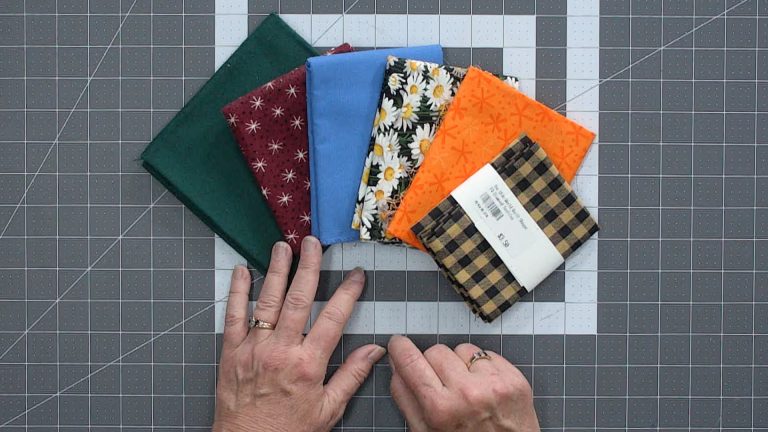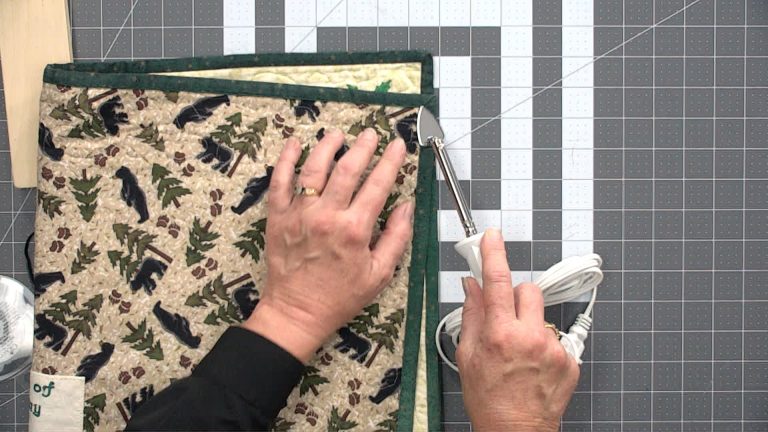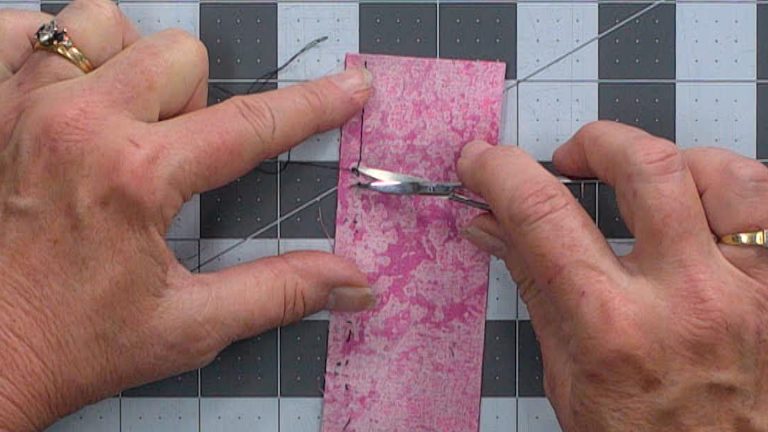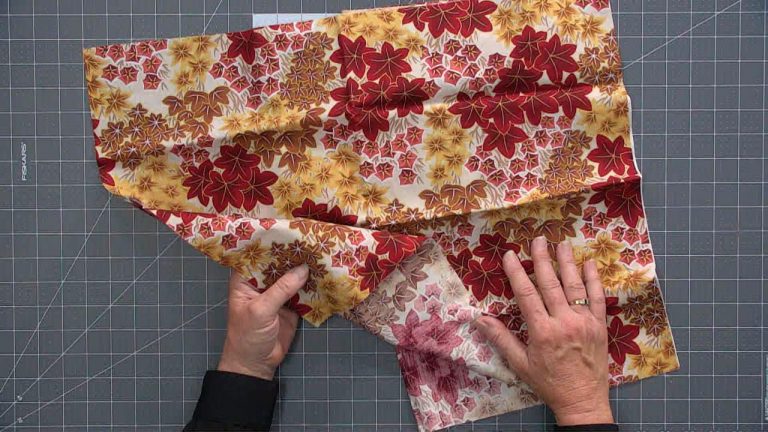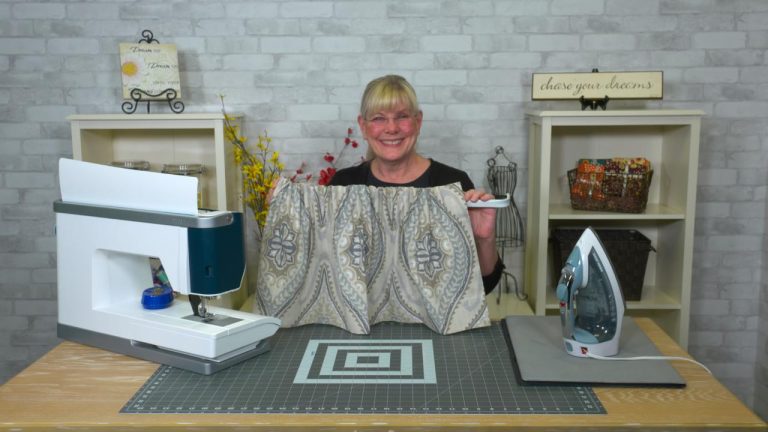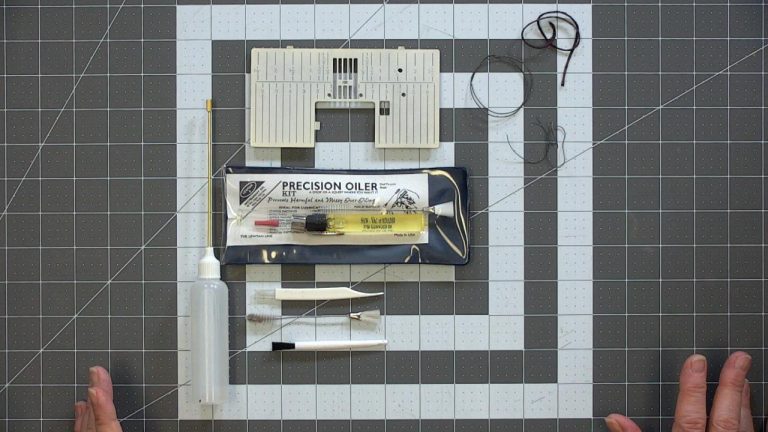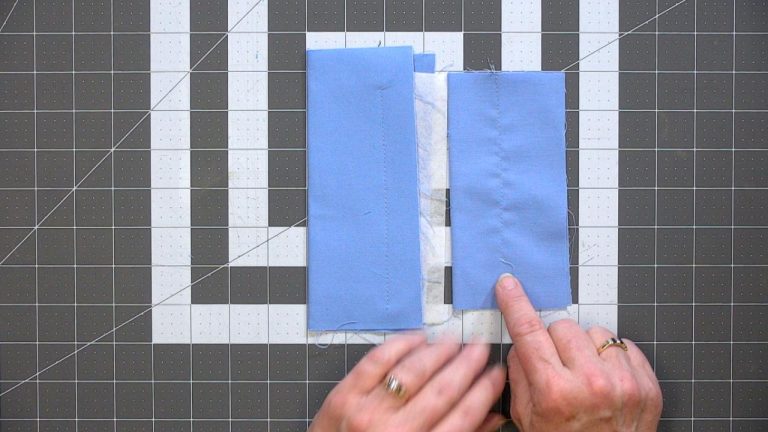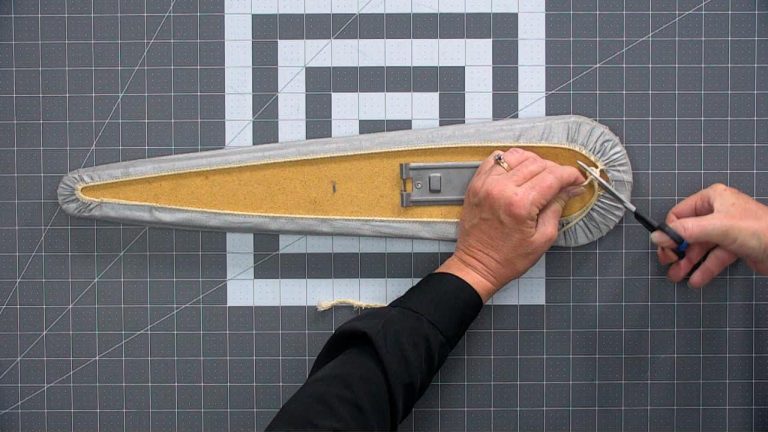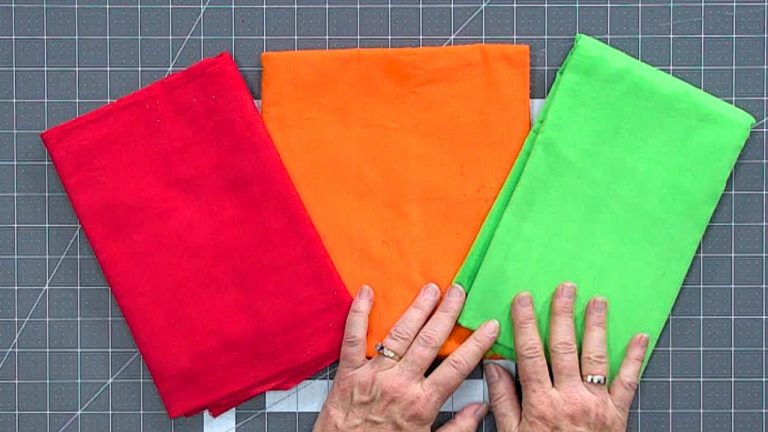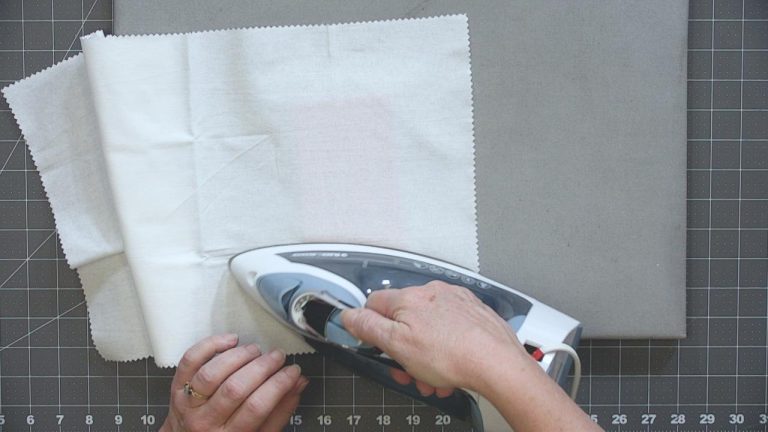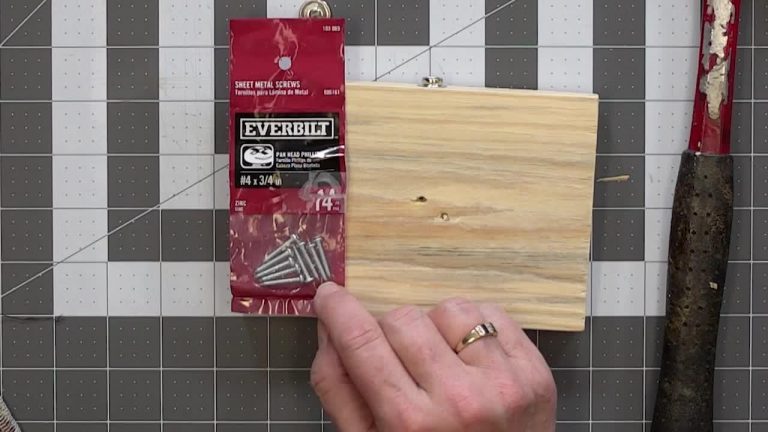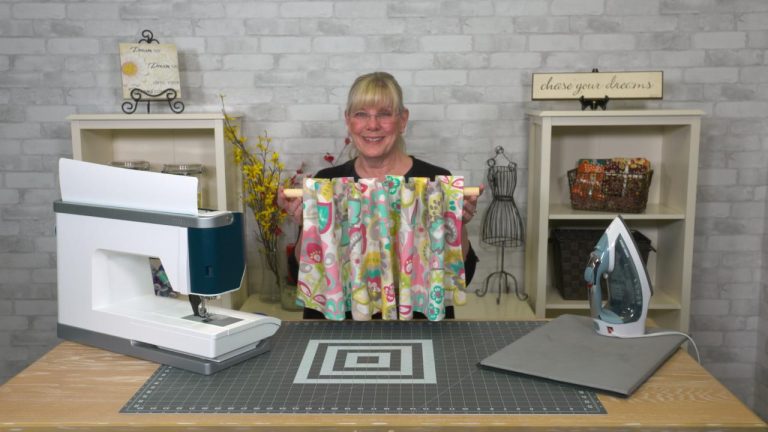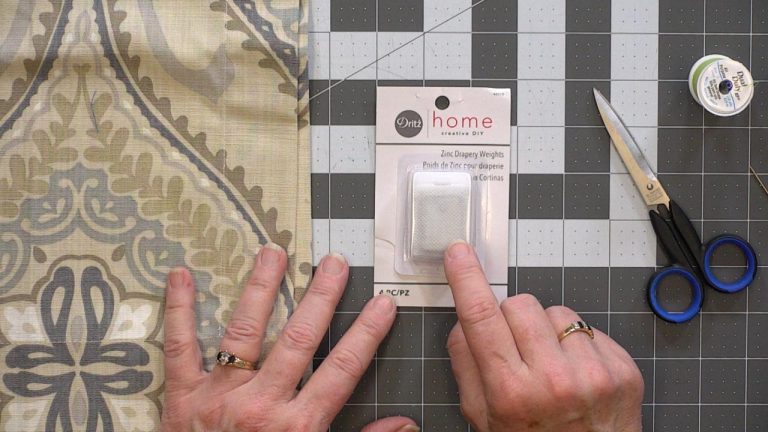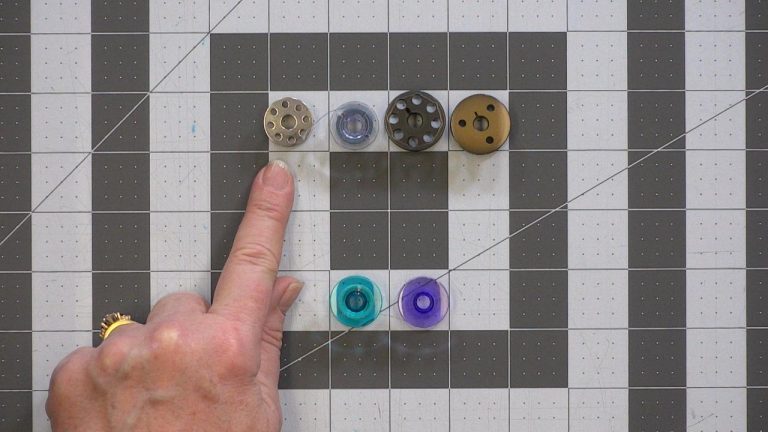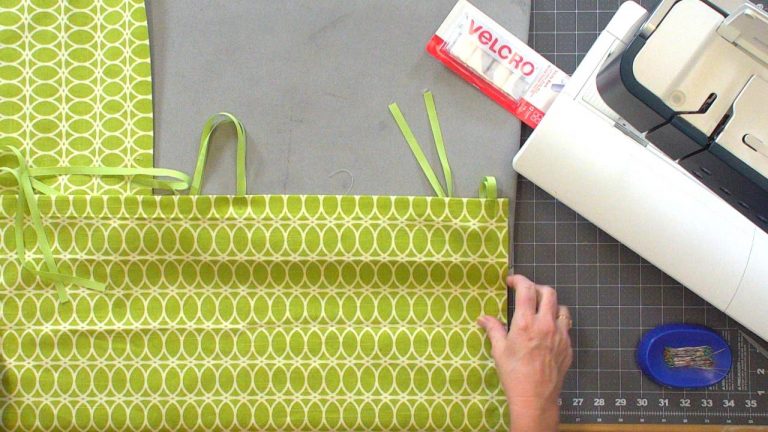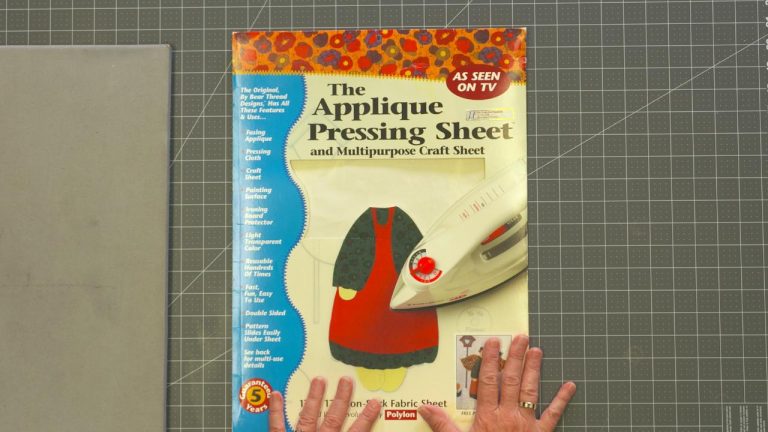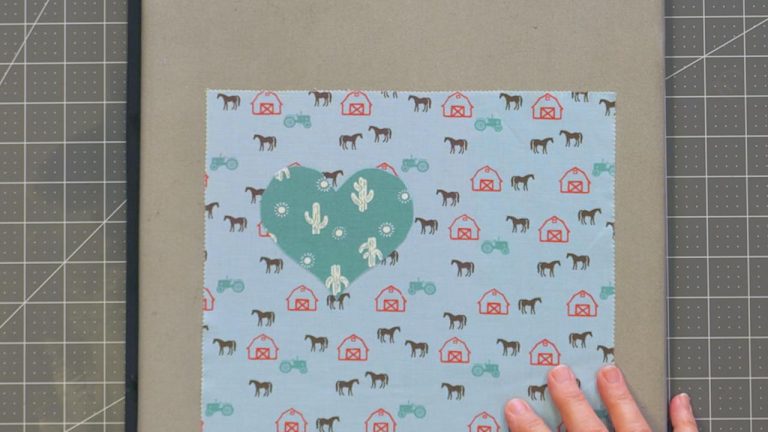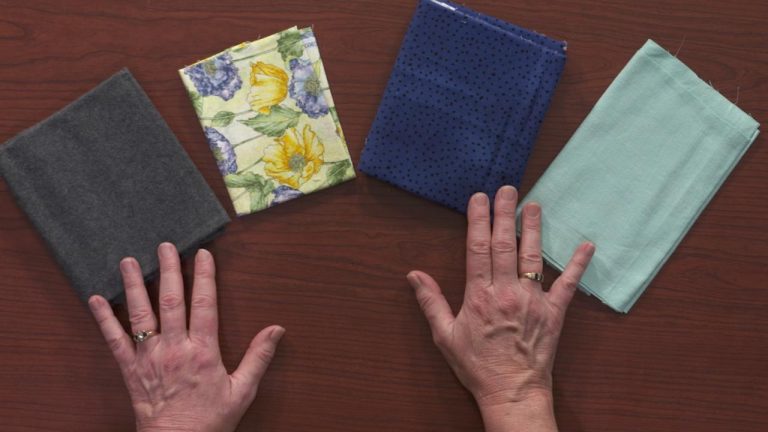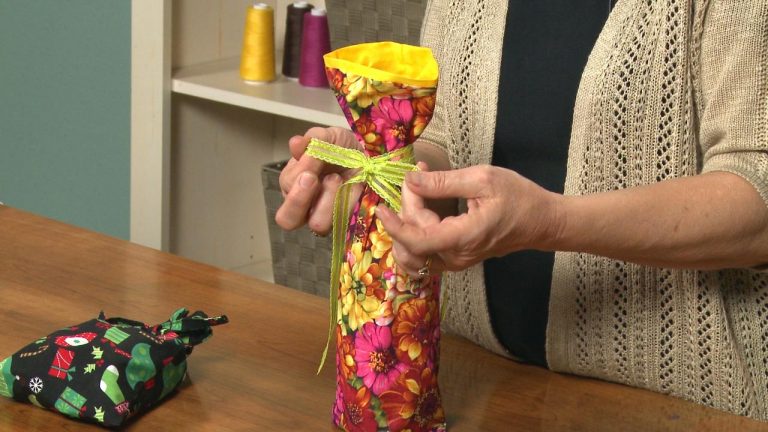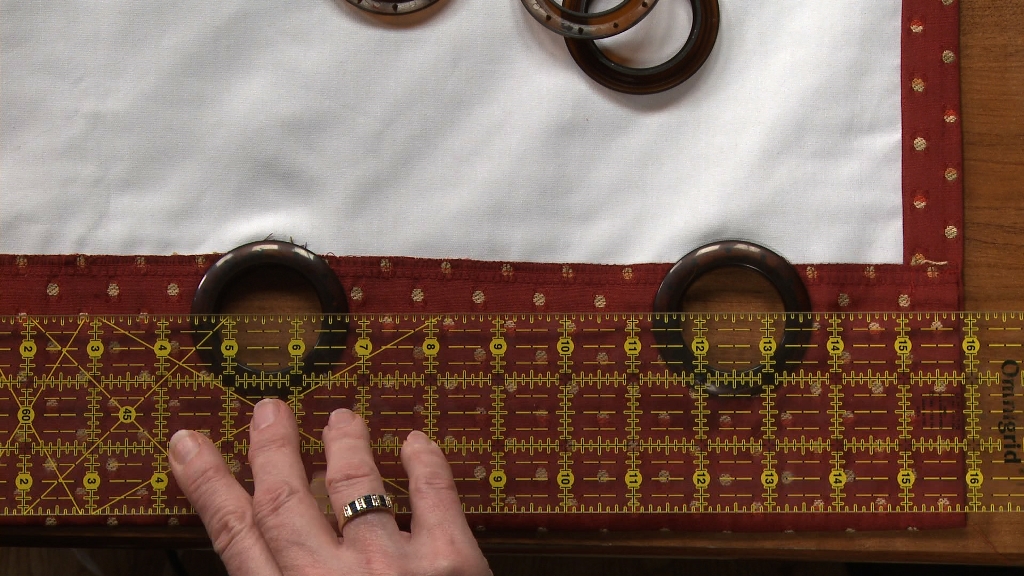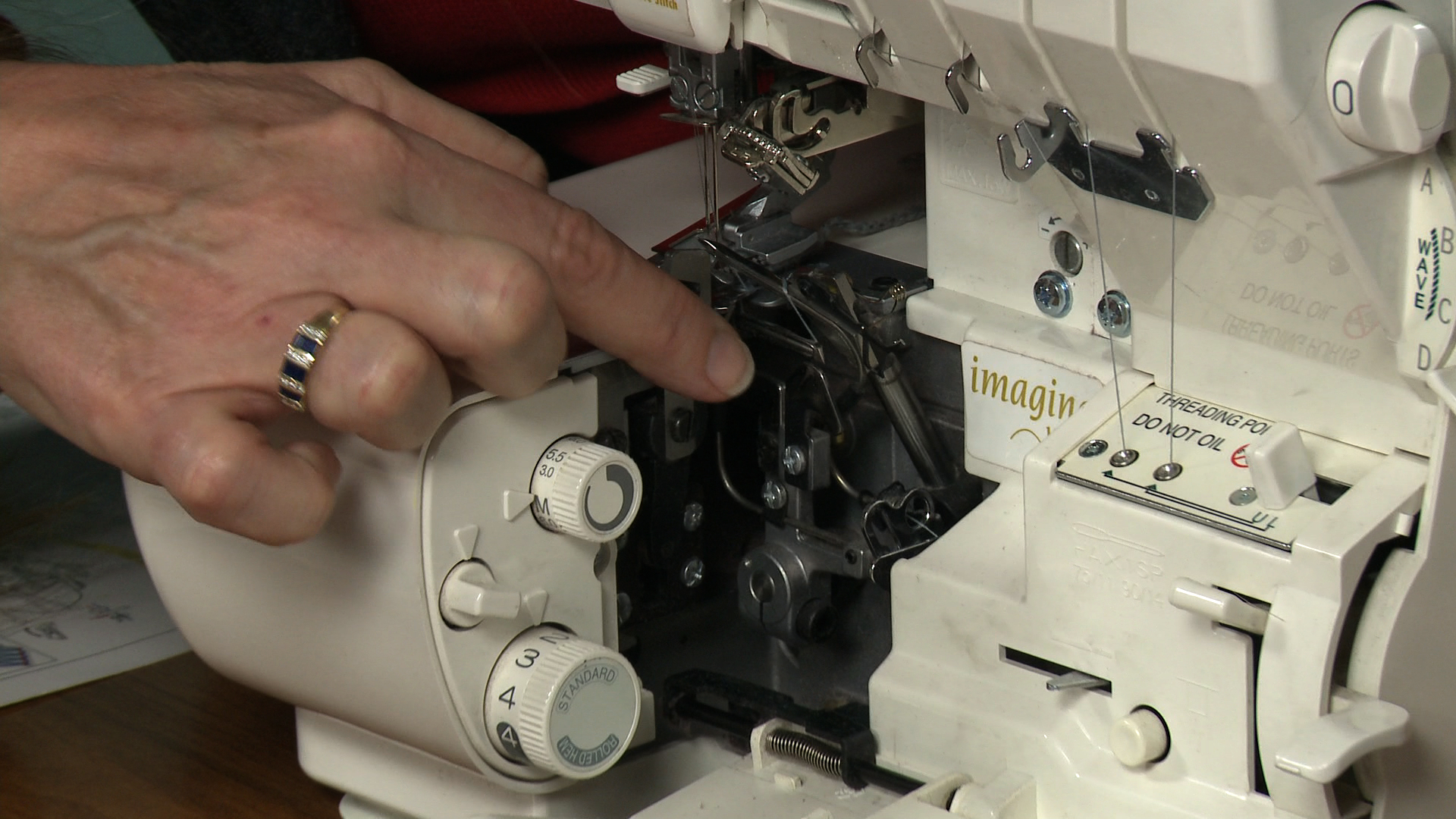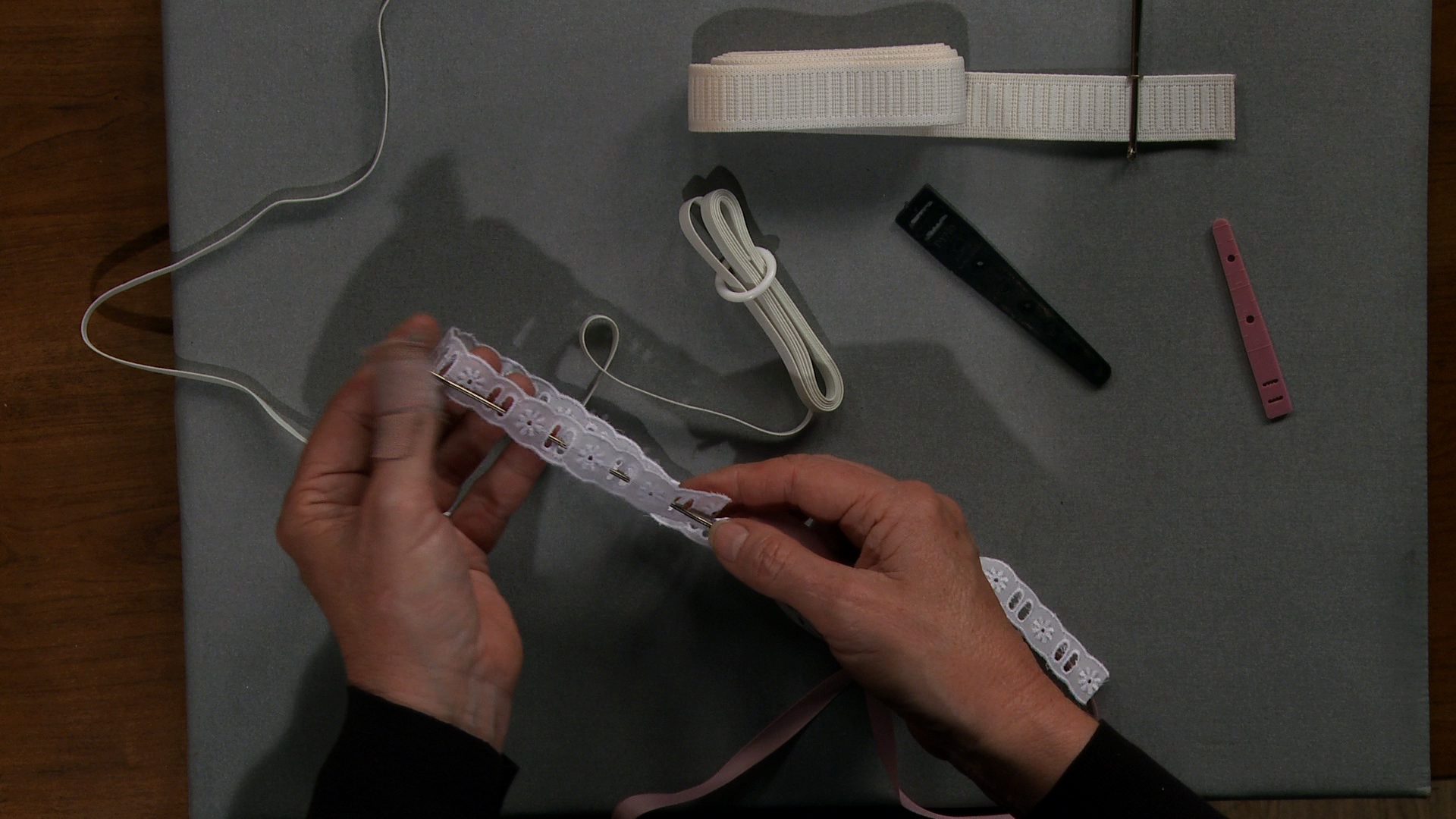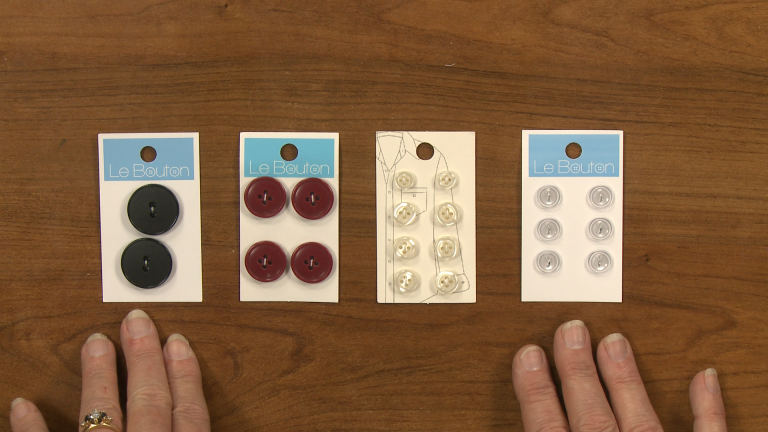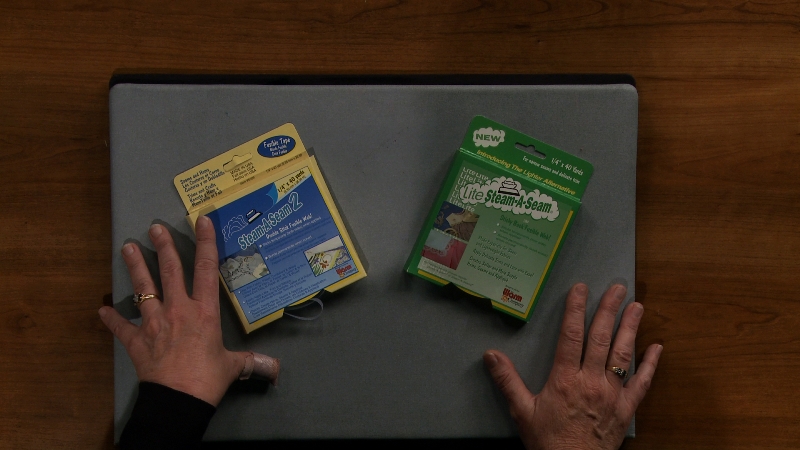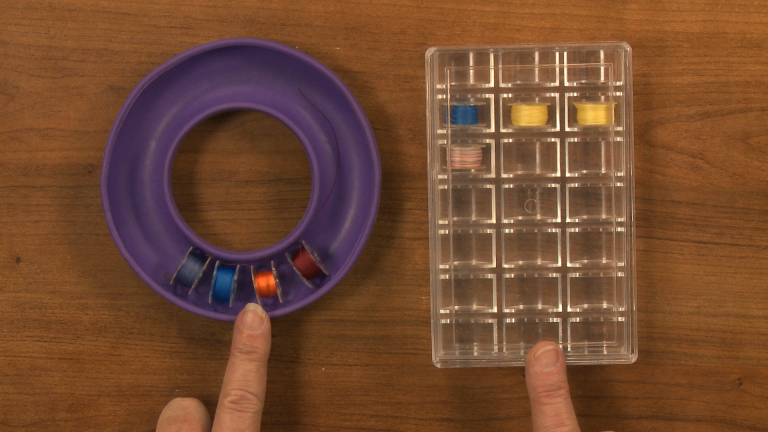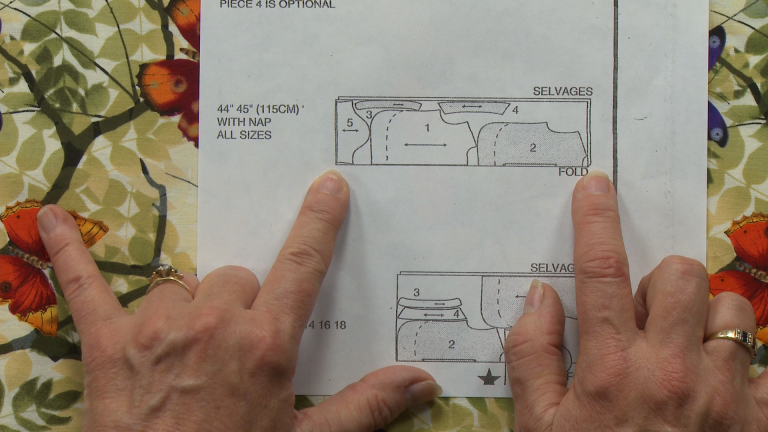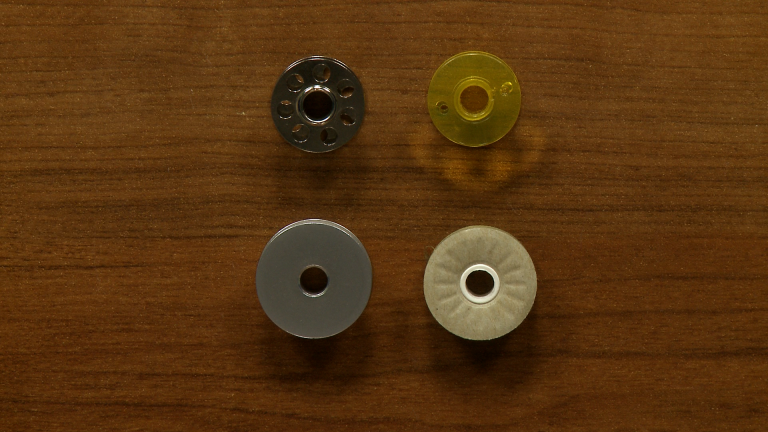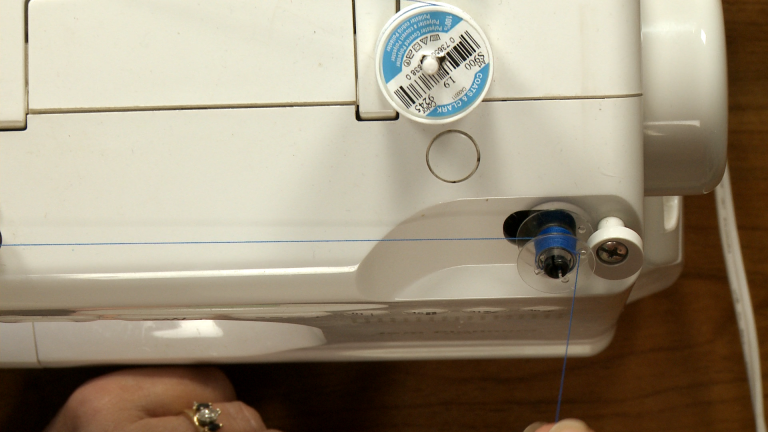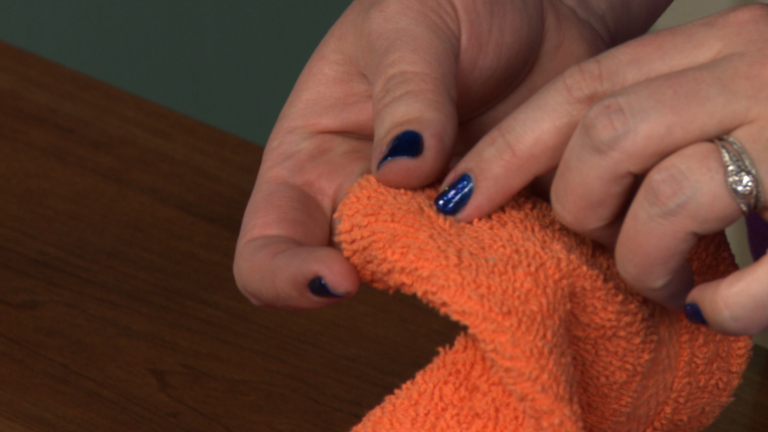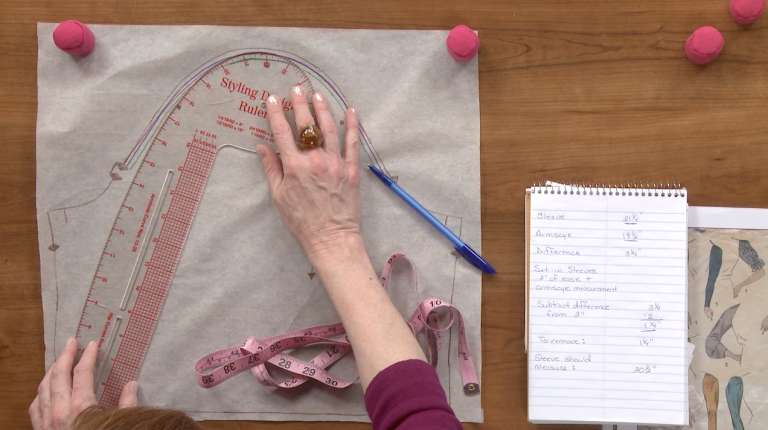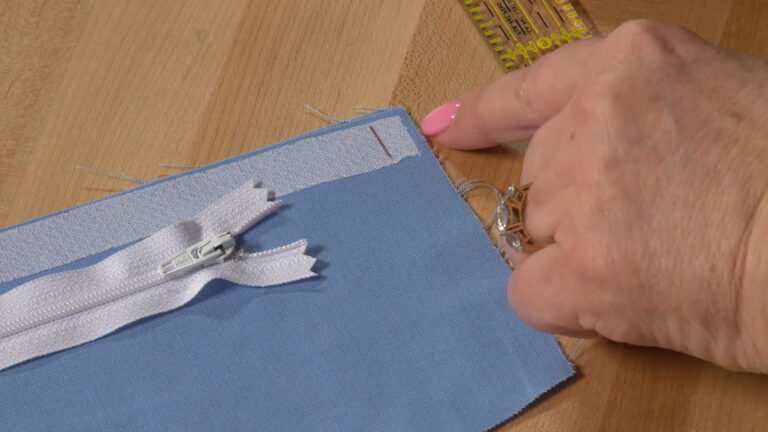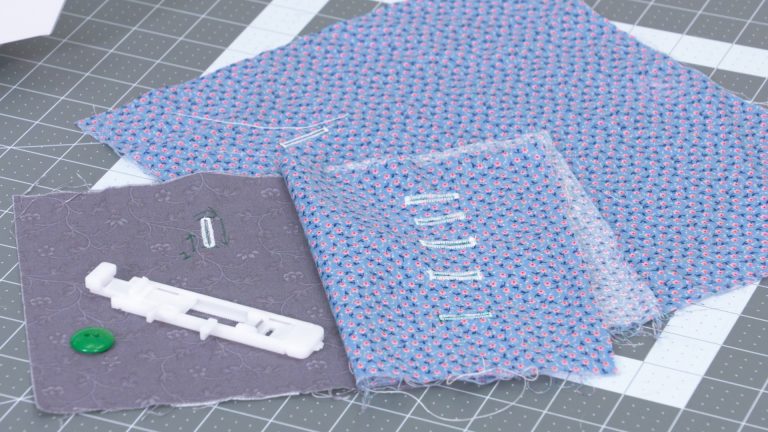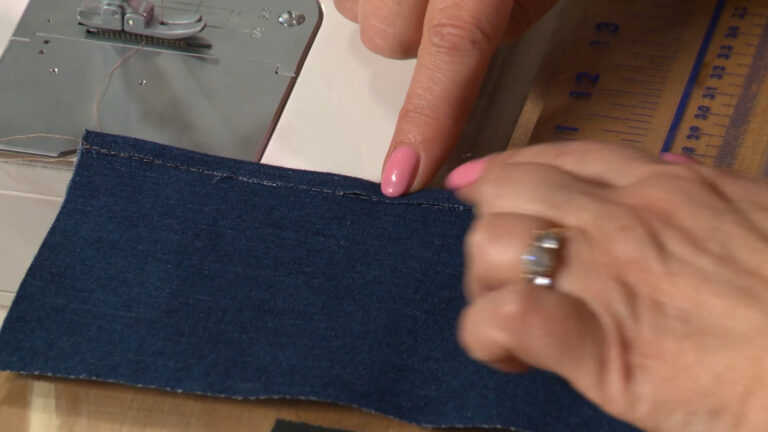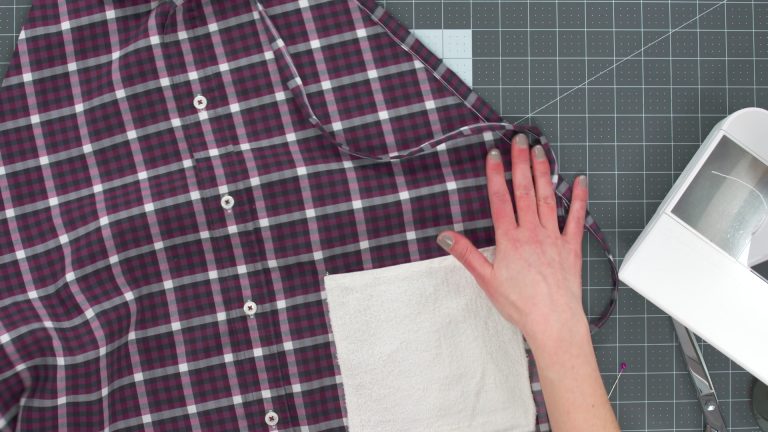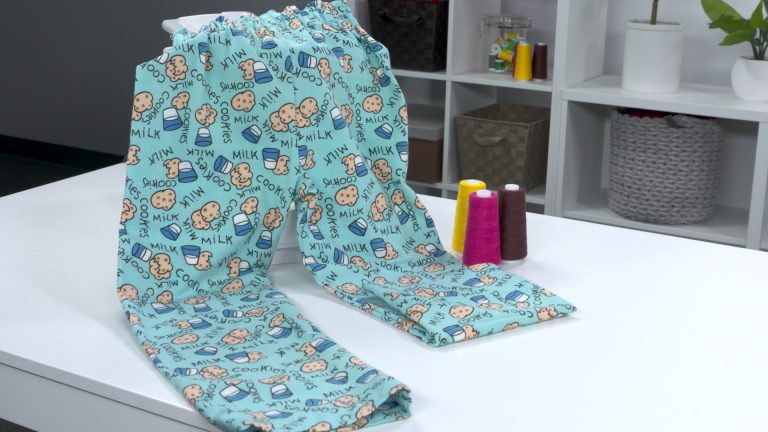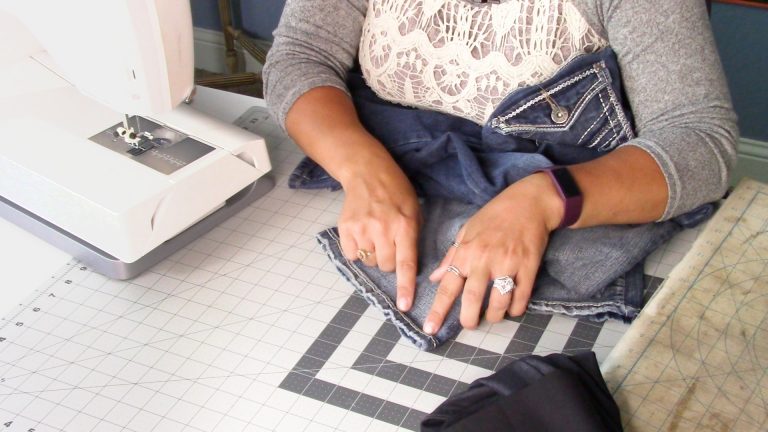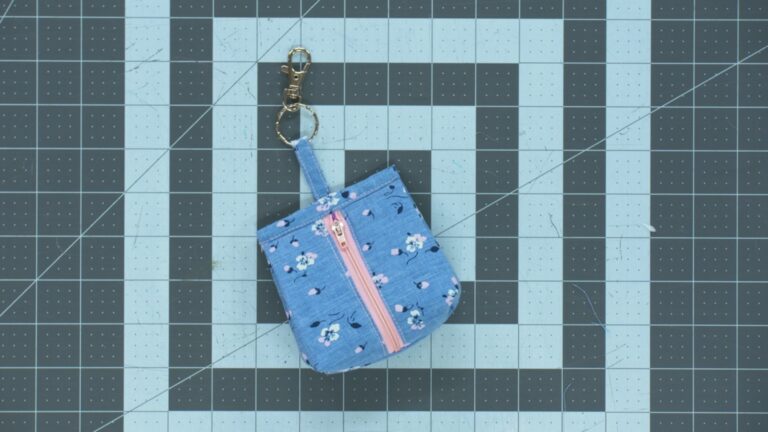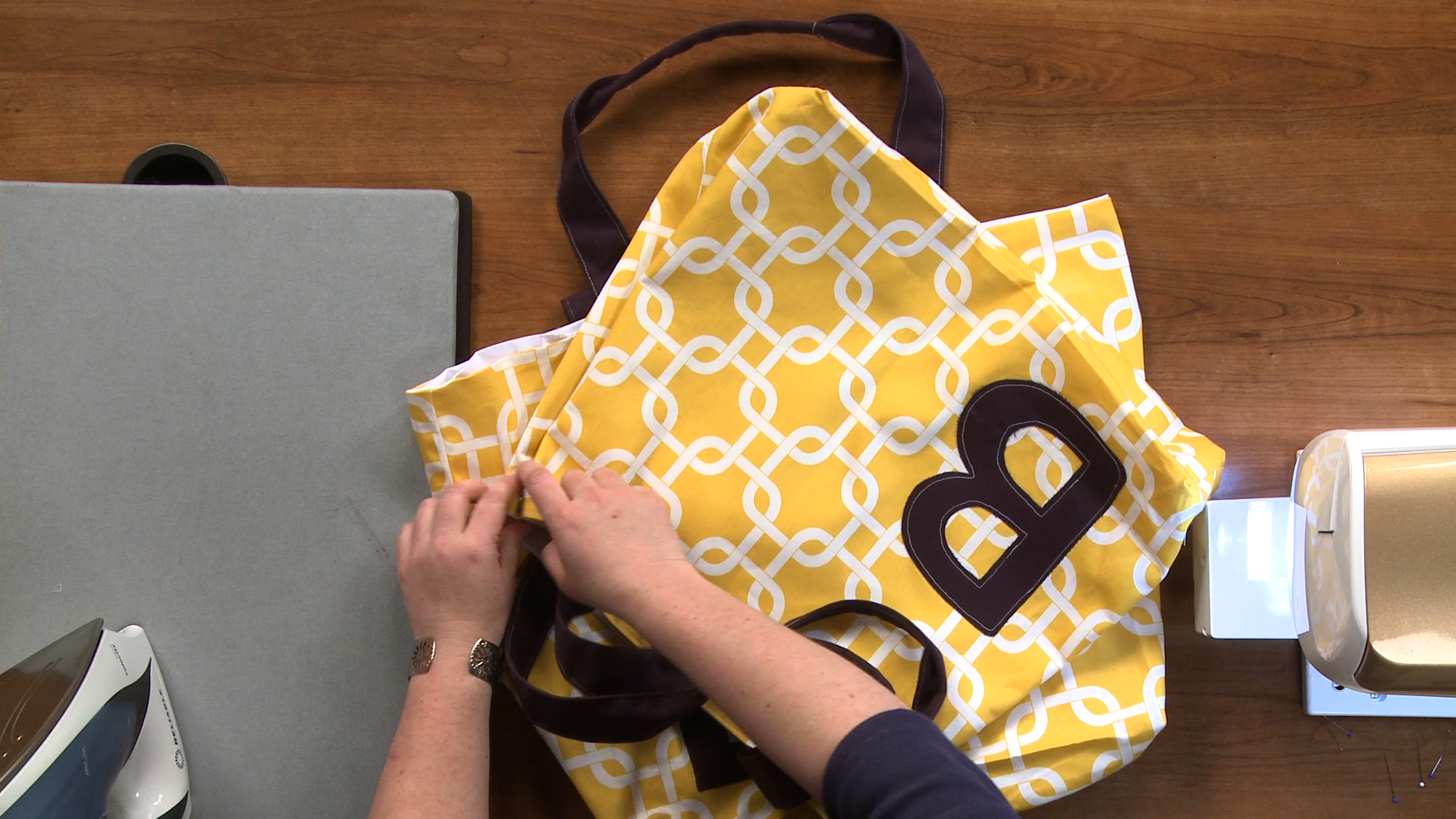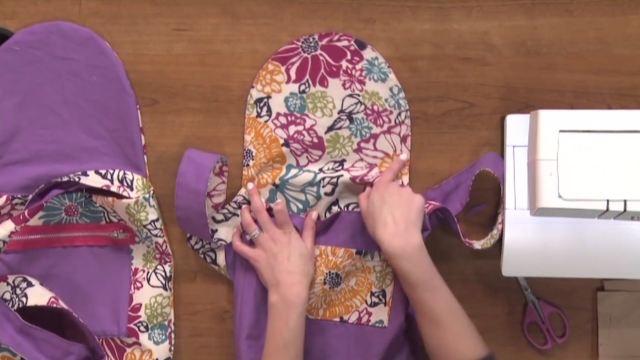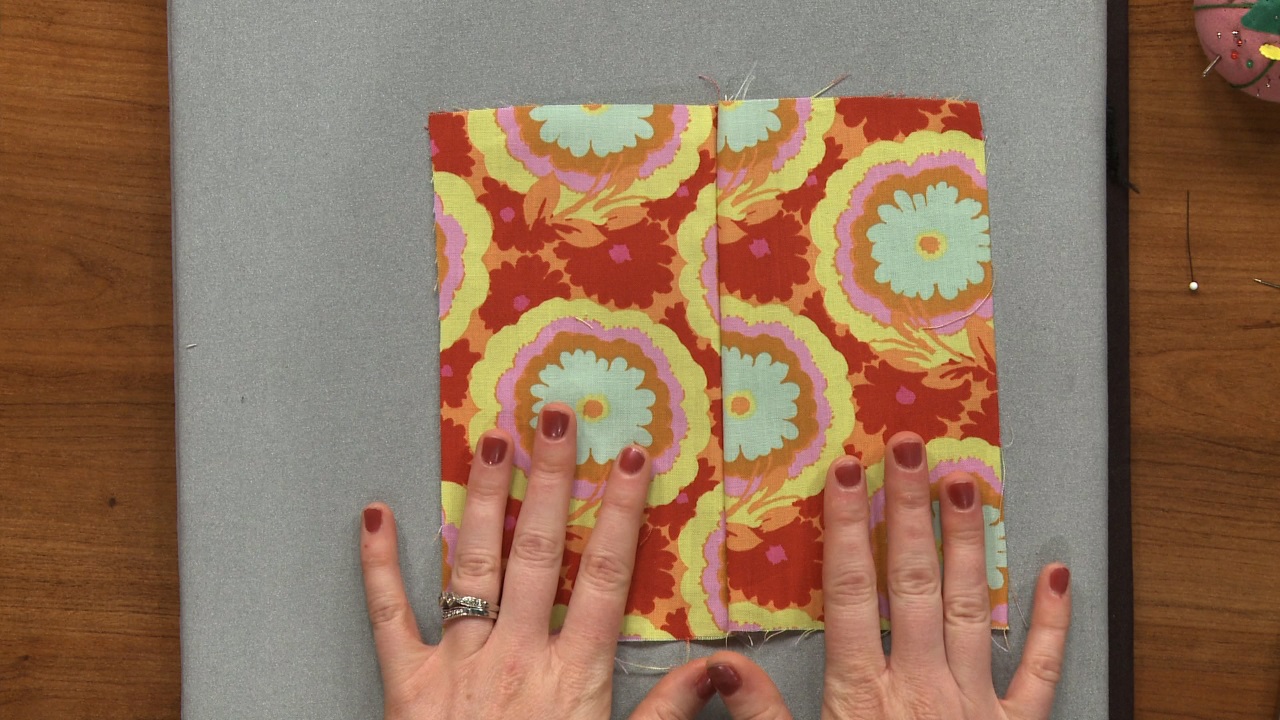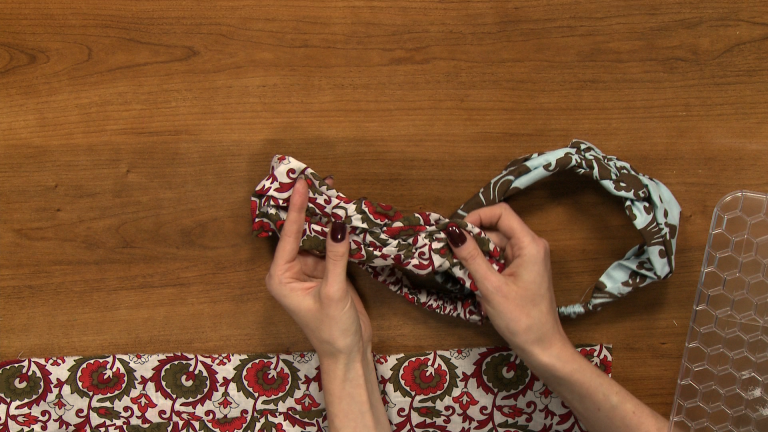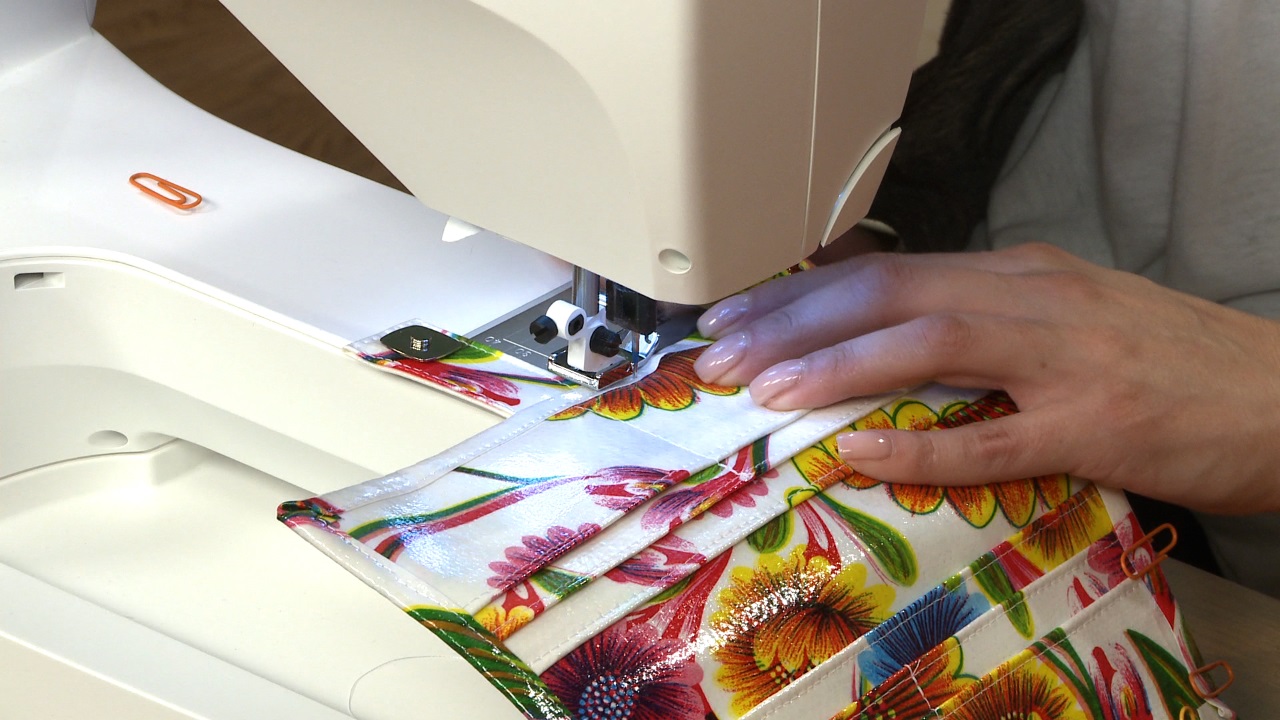
Using Fusible Interfacing
ZJ HumbachUsing fusible interfacing can make raw edge applique easier and help make your end project look more professional. ZJ Humbach talks about some of the different kinds of fusible interfacing and shows you how to use them.
Fusible Interfacing
ZJ first talks about some of the different kinds of fusible interfacing, also referred to a fusible web, and shows her preferred brand and type to use. She explains that one of the reasons she prefers this type of fusible web is because it is pressure sensitive which makes it repositionable. When using fusible interfacing for applique it is important that you have your fabric positioned where you want it before you fuse it in place, so having a repositionable fusible web helps with this step.
ZJ then explains the basics of how to use fusible web and adhesives. She shows the fusible web and explains that there is an adhesive side and a paper side. The paper side is where an applique design or shape can be drawn or traced. Because fusible web is applied to the wrong side of the fabric, ZJ explains that the design being used either needs to be reversible (one that looks the same from the right or wrong side) or you will need to reverse your design prior to tracing it onto the fusible web. She then shows how to fuse it to the wrong side of the applique shape, remove the paper backing and then position the shape where desired.
Once positioned the shape can be permanently fused in place. When using fusible interfacing, it is important to know whether your interfacing is single or double sided. Double sided fusible interfacing is used as an adhesive while single sided fusible interfacing is used to stiffen fabric. ZJ also shares how to use fusible interfacing to make patterns last longer.
Explore videos by ZJ Humbach
You may be interested in
Premium Membership
Unlock exclusive member content from our industry experts.
- 24/7 Access to Premium Sewing Videos, Projects, and Tips
- Step-by-Step Instructional Demos, Patterns, and Tutorials
- 50% Off Video Downloads Purchased in the National Sewing Circle Shop
- Access to Ask the Expert Program
Unlock exclusive member content from our industry experts.
- 24/7 Access to Premium Sewing Videos, Projects, and Tips
- Step-by-Step Instructional Demos, Patterns, and Tutorials
- 2 Full-Length Video Downloads to Watch Offline
- 50% Off Video Downloads Purchased in the National Sewing Circle Shop
- Access to Ask the Expert Program
Gold Membership
$362 Value
Get everything included in Premium plus exclusive Gold Membership benefits.
- 24/7 Access to Premium Sewing Videos, Projects, and Tips
- Step-by-Step Instructional Demos, Patterns, and Tutorials
- 8 Full-Length Video Downloads to Watch Offline
- 3 Full-Length Quilting Classes to Keep for Life
- 6 Printable Sewing Guides and Patterns
- Discounts on Purchase-to-Own Content in the National Quilters Circle Shop:
- Access to Ask the Expert Program
- Exclusive GOLD LIVE Streaming Events

